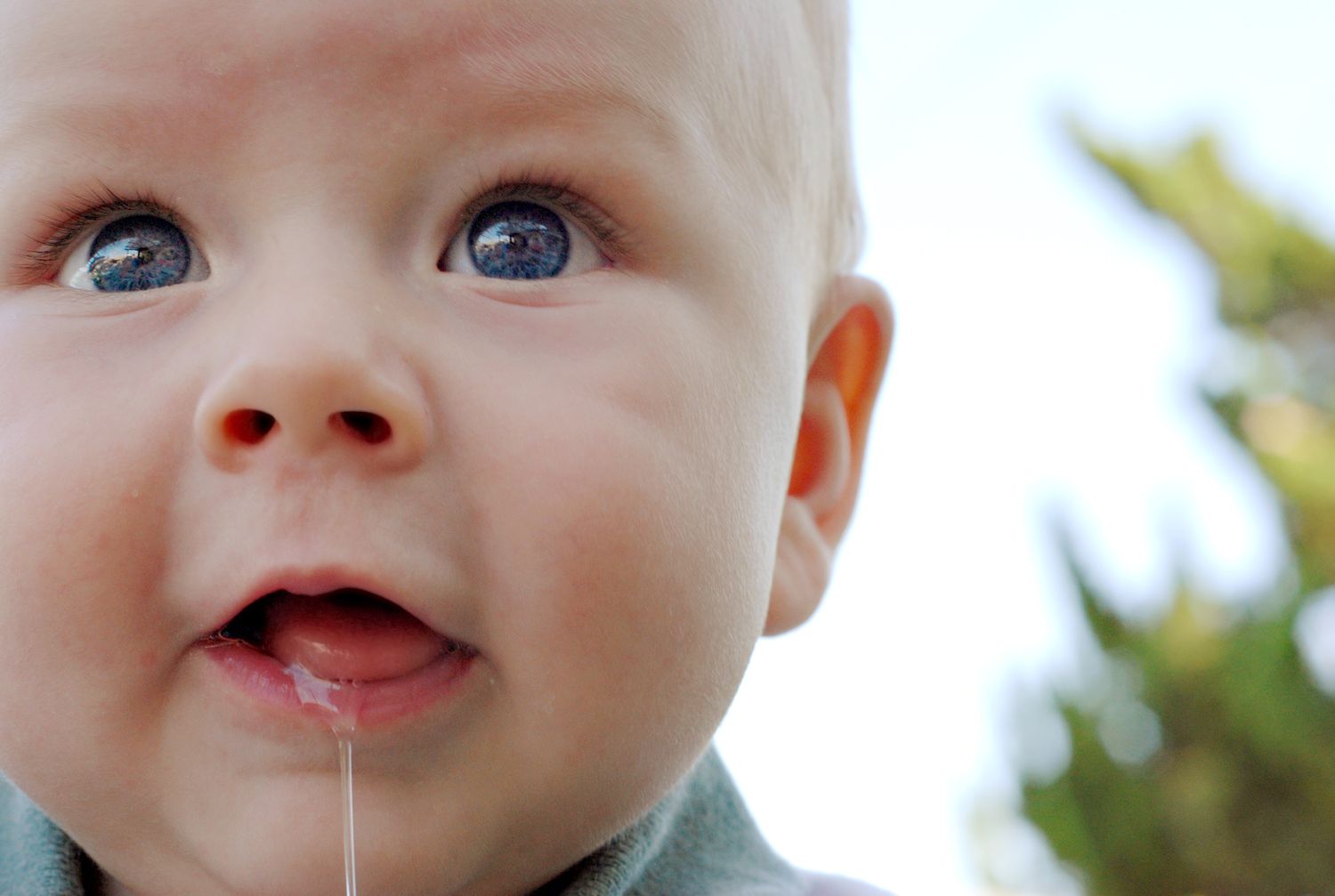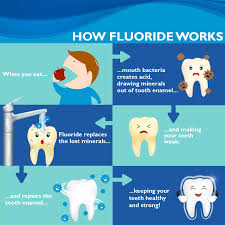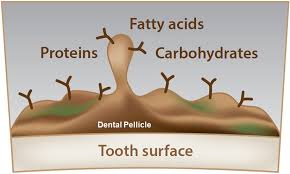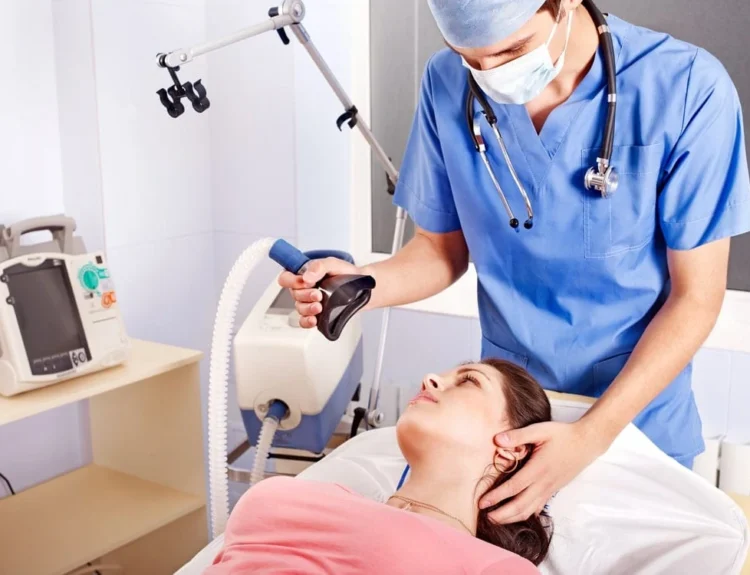Drooling, also known as sialorrhea refers to the unintentional loss of saliva from the mouth. It is a common phenomenon in infants and toddlers but can persist in certain individuals due to medical or neurological conditions. Though drooling is often considered a minor inconvenience but excessive drooling can have significant social, psychological, and medical implications. It leads to embarrassment, social isolation, and reduced self-esteem, particularly in older children and adults. Individuals with excessive drooling may experience challenges in speech articulation and eating, affecting their overall quality of life. Constant exposure to saliva can cause skin irritation, chapping, and even fungal or bacterial infections around the mouth and chin. In severe cases, excessive drooling can increase the risk of aspiration pneumonia, particularly in individuals with neurological conditions.
Causes
Drooling occurs due to an imbalance between saliva production and clearance. Several factors can contribute to this condition.
- In infants and young children, it is a normal part of development. It decreases as they learn to control their mouth and tongue, usually by the time they turn four. It may also occur during teething.
- If you sleep on your side or stomach, gravity can cause saliva to flow out of your mouth.
- Conditions such as cerebral palsy, Parkinson’s disease, amyotrophic lateral sclerosis (ALS), and stroke can impair muscle control, leading to difficulties in swallowing and controlling saliva flow.
- Crooked teeth, poor oral posture, missing teeth, or difficulty in swallowing due to dental conditions can contribute to drooling.
- Some medicines, such as antipsychotics and certain tranquilizers, can increase saliva production and impair swallowing reflexes, leading to drooling.
- Upper respiratory tract infections, sinusitis, and allergies can cause excessive saliva production, leading to transient drooling.
- Acid reflux from stomach can stimulate excessive saliva production, leading to increased drooling.
- In Pregnancy. due to hormonal changes, drooling may occur.
Management Strategies
Management depends on its underlying cause, severity, and impact on the individual’s daily life. Several approaches can help control drooling:
Behavioral and Physical Therapy:
- Speech and swallowing therapy can improve oral muscle control and saliva management.
- Oral-motor exercises help strengthen lip and tongue movements.
- Adjusting head posture and positioning can aid in better saliva control.
Medical Interventions:
- Medications: Anticholinergic drugs, such as glycopyrrolate and scopolamine, reduce saliva production.
- Botulinum Toxin (Botox) Injections: Botox injections into salivary glands can temporarily reduce saliva secretion.
Surgical and Procedural Interventions:
- Salivary Gland Surgery/Radiation: Procedures such as duct ligation or gland excision can reduce excessive saliva flow. In cases of severe sialorrhea, radiation therapy to salivary glands may be considered, particularly in palliative care settin
- Dental and Orthodontic Approaches:
- Custom-made dental appliances can help reposition the tongue and lips to improve saliva control.







